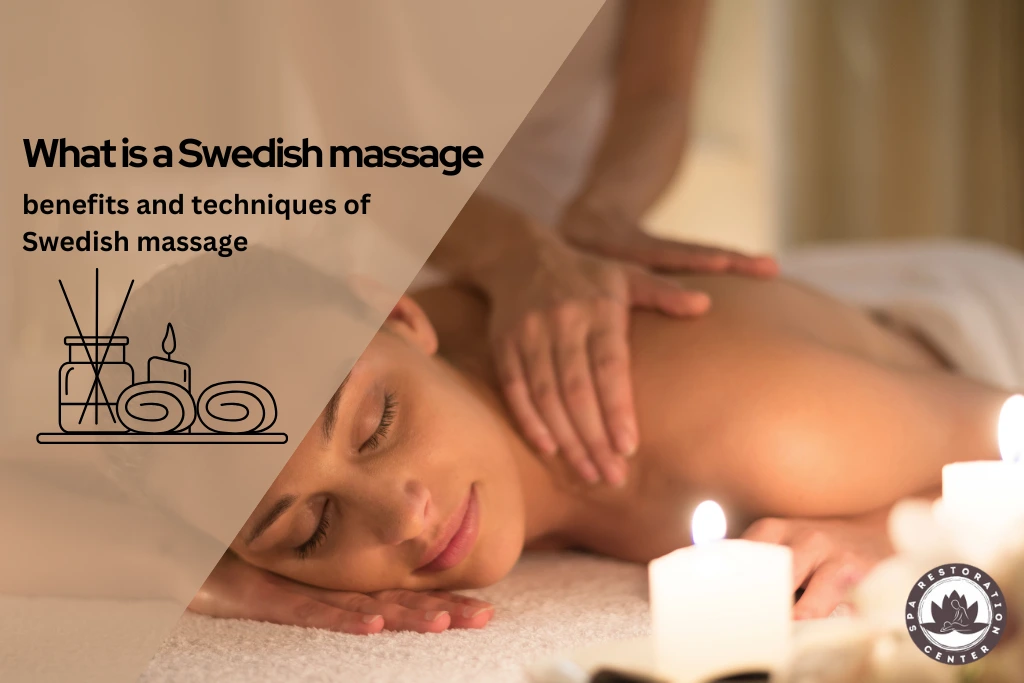
What is a Swedish massage, benefits and techniques of Swedish massage
In this article, we will see what Swedish Massage is, its health benefits, Swedish massage techniques and the differences with other types of massage.
And at the end of the article, we recommend a program where you can learn this type of therapeutic massage professionally.
What is a Swedish massage?
We know Swedish massage which balances the body naturally, through gentle or strong movements throughout the body always in the opposite direction of blood circulation.
Thanks to its movements, Swedish massage promotes blood and lymphatic circulation, eliminates toxins, relaxes body and mind and relieves muscle pain.
Created by Swedish doctor Henrik Ling, it is the most widely used massage modality in the West.
What is this type of massage for?
Swedish massage is used for:
- Promote relaxation
- Relieve stress and muscle tension
- Improve blood circulation and flexibility
- And also, it contributes to general well-being.
It is an ideal therapeutic technique for those seeking a gentle and relaxing treatment, helping to restore physical and mental balance. In addition, it can be an effective complement to pain management and physical rehabilitation plans.
The 10 benefits of Swedish massage
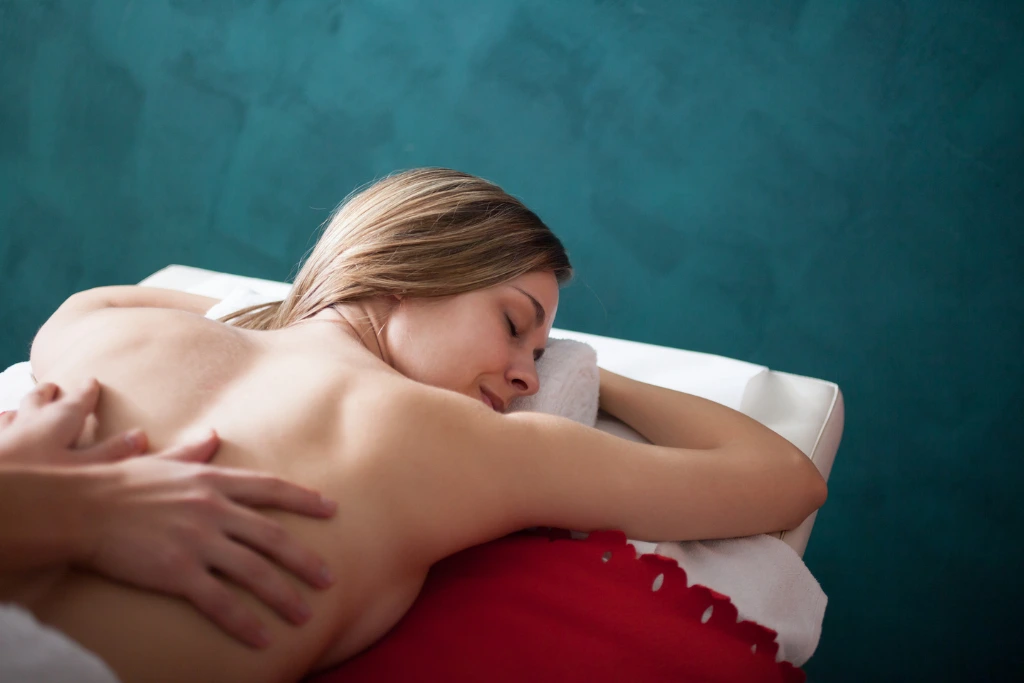
Applying Swedish massage to our body can be very beneficial and, since its discoverer promoted it, very diverse studies have been carried out on the effects it has on the body. But what does science say about it? Below, we leave you with several points in its favor:
Reducing stress and anxiety
Swedish massage is known for its relaxing and calming effects on the nervous system, which can help reduce stress and anxiety levels. The release of endorphins during the massage can also contribute to an overall feeling of well-being.
Pain relief
It may be beneficial in relieving muscle and joint pain, as well as reducing the intensity of headaches and migraines.
Elimination of toxins
It stimulates the lymphatic system, helping to eliminate toxins from the body.
Activates blood circulation
Swedish massages help improve blood circulation, cellular oxygenation and activate the relaxation of tired muscles.
Deep muscle relaxation
Muscle relaxation is one of the purposes of massage. Swedish massage, also known as the massage applied to “workaholics”, combines different techniques so that we can receive everything we expect from it. Providing relief, it is undoubtedly a type of relaxing massage that we should take into account from now on.
Improved sleep
By reducing stress and muscle tension, Swedish massage can help improve sleep quality and promote more restful sleep.
Stimulation of the immune system
By reducing stress and improving circulation, you can strengthen the body’s natural defenses.
Increased flexibility
By relaxing your muscles and connective tissues, you can increase your range of motion and flexibility.
Stimulation of skin tissues
As time goes by, the skin becomes worn out and reveals what we have been through with it. Just like us, it is more tired and needs specific care to make it what it once was.
Each of the Swedish massage benefits contributes to an improved overall state of health and a more integrated well-being. After looking at these 10 benefits of Swedish massage, let’s look at some of its main techniques.
Now let’s look at the most common techniques from the Swedish message.
Swedish Massage Techniques
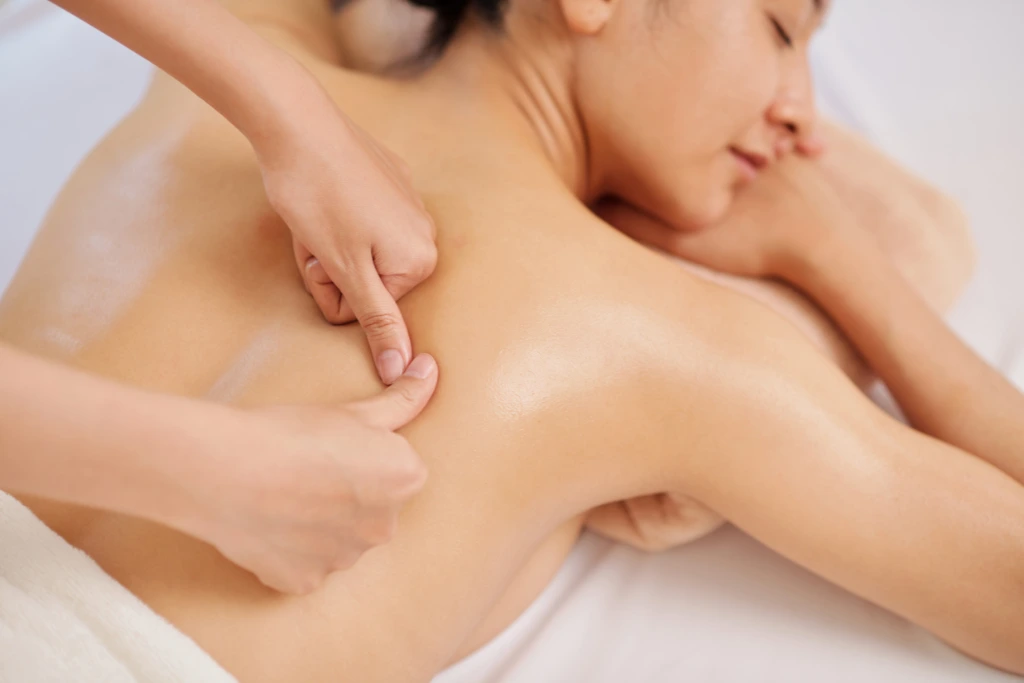
Swedish massage incorporates a variety of techniques, each with a specific purpose, characterized by their systematic approach and gentleness, designed primarily to relax muscles and improve blood circulation. This form of massage primarily uses five basic techniques that are applied in a specific order to maximize relaxation and therapeutic benefits:
- Effleurage (glides): These are long, sliding movements used to relax soft tissue. They are usually performed at the beginning and end of the massage to warm and relax the muscles, starting from the shoulders or lower back and moving toward the heart to stimulate blood and lymph circulation.
- Petrissage (kneading): This kneading and compression technique uses the fingers and palms more vigorously, focusing on deeper muscle groups and areas where muscle tension builds up, such as the neck, shoulders, and legs. It is beneficial for breaking up muscle knots and increasing local circulation by moving fluids out of areas where blood flow may be stagnant.
- Friction: Involves deep circular motions with the fingers, thumbs, or palm of the hand applied to specific areas to break up adhesions and realign muscle tissue. It is particularly helpful in areas with scar tissue or chronic adhesions.
- Tapotement (percussion): This involves a series of rapid, rhythmic tapping movements with the edge of the hand, fists or closed fingers. This technique stimulates circulation and can tone muscles, as well as revitalize for the body. Commonly used on the back and fleshier areas of the body such as the thighs.
- Vibration: Quick, shaking movements performed by the therapist with his or her hands or fingers, which are used to stimulate particular areas of the body, relax muscles and stimulate circulation in specific areas. It is usually used at the end of the massage, and applied to the back or legs.
Differences between Swedish massages and other types of therapeutic massages
Swedish massage
It differs from other types of therapeutic massages mainly in its approach and technique . It is known for its gentle movements and relaxing Swedish massage, ideal for releasing general tension and promoting relaxation.
Deep tissue massage
Unlike Swedish massage, deep tissue massage focuses on the deeper layers of muscles and connective tissues. Slower strokes and more intense pressure are used to release chronic tension and muscle adhesions in this therapeutic massage.
Sports massage
Sports massage focuses on specific areas of the body that are related to athletic performance. It may include stretching, compression, and myofascial release techniques to improve flexibility, reduce the risk of injury, and speed up muscle recovery.
Thai massage
Unlike Swedish massage, Thai massage is performed on a mat on the floor and focuses on stretching and yoga movements combined with acupressure point pressure. It is used to improve flexibility, relieve tension and restore energy balance.
Shiatsu massage
Shiatsu massage is a type of massage based on traditional Chinese medicine. It uses pressure applied with the thumbs, fingers and palms of the hands to specific points on the body to stimulate energy circulation and promote healing.
Difference between Swedish and relaxing massage
Swedish massage focuses on relieving muscle tension and improving circulation through techniques such as kneading, friction and gentle tapping, making it ideal for treating physical discomfort.
Relaxing massage, on the other hand, primarily aims to reduce stress and promote general relaxation, using gentle, fluid movements without focusing on working the muscles in depth.
Each type of massage has a specific objective and techniques tailored to those purposes.
Swedish massage indications and contraindications
And finally, some indications and contraindications of Swedish massage:
Indications for Swedish massage
- Relief of muscle tension.
- Improves blood circulation.
- Reduction of stress and anxiety.
- Relief of muscle pain after exercise.
- Improved flexibility and range of motion.
- Promoting general well-being and relaxation.
Contraindications of Swedish massage
- Fever or acute infections.
- Contagious skin diseases (fungus, scabies, herpes).
- Deep vein thrombosis or severe circulatory problems.
- Recent fractures or acute muscle injuries.
- Severe heart failure or uncontrolled hypertension.
- Cancer in active stage (without medical authorization).
- Open wounds or severe inflammation.
In this article about what Swedish massage is like, what it is, we explain the benefits of this type of massage and the main techniques of Swedish massage, as well as the differences with other types of massage.
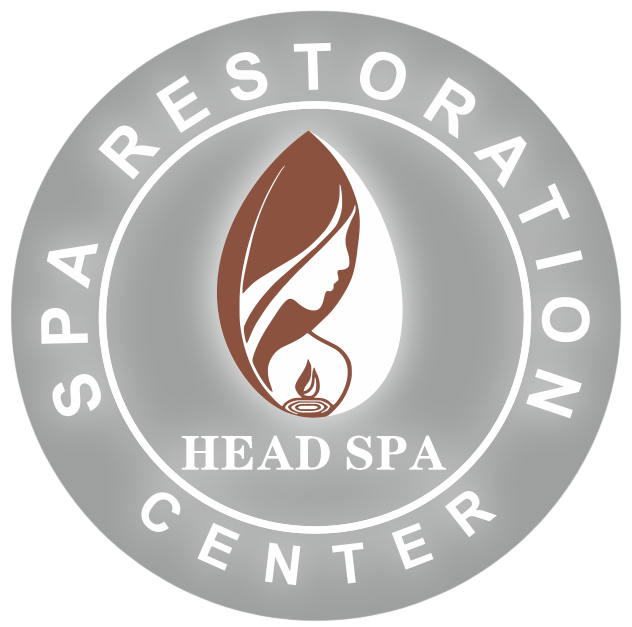
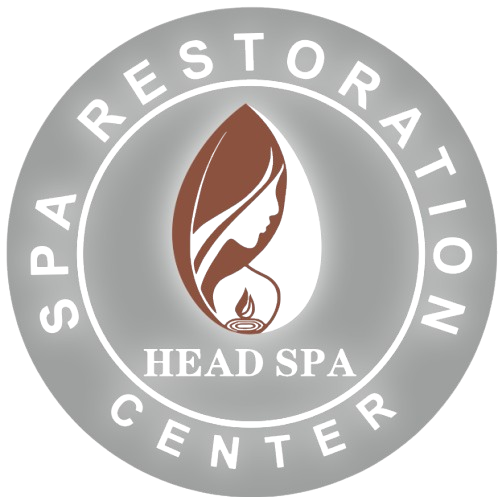
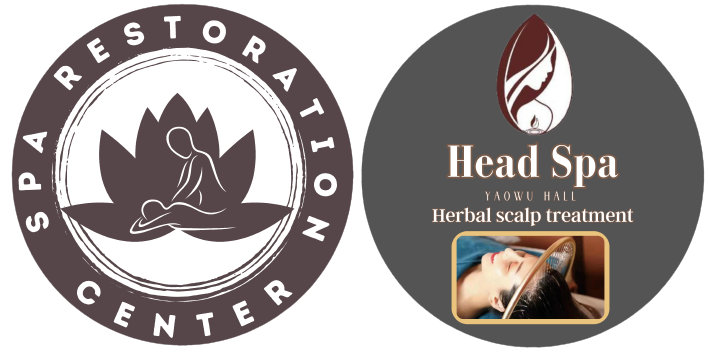
Leave a comment